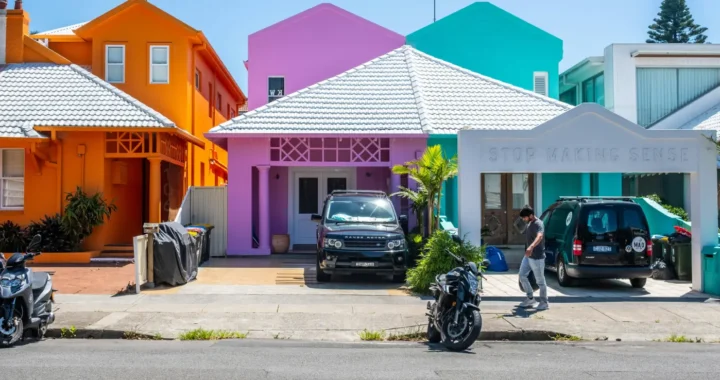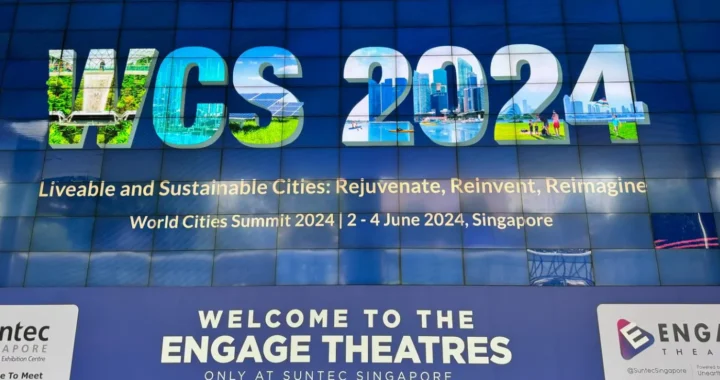How Does Community-Based Ecological Mangrove Restoration Work?

Photo: Quang Nguyen Vinh on Pexels
Mangroves form a vital ecosystem for life below water and life on land. They physically act as a barrier to keep out harmful winds, waves, and floods away from shorelines and between marine and terrestrial settlements. As they benefit people and the environment, engaging local communities is essential to mangrove ecosystem management.
Mangrove Ecosystem Restoration
Mangroves are found along the coasts of 123 nations worldwide. Unfortunately, the past 40 years have resulted in a significant loss of mangroves. An FAO report says that the primary cause of Asia’s mangrove destruction is aquaculture, followed by natural withdrawal and land conversion for rice cultivation and oil palm plantations.
To combat this, mangrove forest restoration has been the subject of significant efforts in numerous Asian’ countries, including Vietnam, Bangladesh, Indonesia, and Sri Lanka. In recent years, mangrove restoration projects in Southeast Asia have largely focused on decreasing the danger of coastal hazards as storm frequency and intensity rise due to climate change.
Generally, mangrove restoration can be successful when the hydrological environment is suitable for the mangrove growth. The hydrological environment refers to the circulation of water on and below the surface of the land. In addition to biophysical factors, social factors such as local knowledge and site history are also important in determining the success of mangrove restoration. Therefore, involving local communities is essential to the restoration process.
Community-Based Ecological Mangrove Restoration
The Community-Based Ecological Mangrove Restoration (CBEMR) has been proven to be a practical and long-lasting method all over the world. In Southeast Asia, for instance, it has been successfully implemented in Vietnam, Malaysia, and Indonesia.
The CBEMR method restores degraded mangroves by imitating the natural processes and putting local communities at the center. It involves empowering and strengthening local communities and stakeholders by teaching them how to restore mangrove forests properly.
Community-Based Ecological Mangrove Restoration has several key elements:
- Investigation of Restoration Site: A thorough study to understand the biophysical parameters of the proposed site, such as figuring out the cause of mangrove loss and their inability to naturally regenerate.
- Biophysical Assessment: An assessment of hydrology (size and shape of tidal channels, erosion/sedimentation patterns determining tidal inundation and frequency, substrate height), ecology (vegetation, habitat, fauna, and edaphic conditions), and disturbances that prevent mangrove establishment and healthy growth.
- Social Assessment: An understanding of local context and history unique to the site that only Indigenous or local people comprehend, such as land tenure, site usage, history of restoration attempts, and how mangroves impact and are impacted by the livelihoods of the communities.
- Agreement and Implementation: A discussion and agreement on goals and actions involving all local stakeholders, such as excavating a site, rerouting fresh water, or creating community guidelines for mangrove management and harvesting.
- Monitoring and Adaptation: A robust and inclusive system to ensure that social agreements and restoration works are being followed as well as to help in adaptive management for future needs so local communities and stakeholders can responsibly and sustainably maintain their mangrove ecosystems.
Collaborative Work Needed
Efforts to restore the mangrove ecosystems can be very complex. So, the success of this project depends on collaborative work across stakeholders: governments, NGOs, businesses, and communities. With community at the center, they are all involved from the planning phases all through implementation, management, and oversight. In short, community-based ecological mangrove restoration encourages mangroves and the surrounding coastal communities to coexist and protect each other in a mutually beneficial harmony.
Editor: Nazalea Kusuma
Thank you for reading!
Green Network Asia – International Annual Individual Membership supports your personal and professional growth with unlimited online access to our “Exclusive Content” platform purposefully designed to showcase cross-sectoral insights on sustainable development and sustainability in the Asia Pacific and beyond. Enjoy the Membership benefits, including -but not limited to- public policy & regulatory updates, easy summaries of research findings & reports, and impact stories from governments, businesses, and civil society.


 Upholding the Machángara River’s Rights of Nature Against Pollution
Upholding the Machángara River’s Rights of Nature Against Pollution  Accelerating Gender-Responsive Disaster Management with Sendai Gender Action Plan
Accelerating Gender-Responsive Disaster Management with Sendai Gender Action Plan  ASEAN and the EU Support Sustainable Connectivity with a Higher Education Program
ASEAN and the EU Support Sustainable Connectivity with a Higher Education Program  Australia Proposes Right to Housing Bill to Tackle Housing Crisis
Australia Proposes Right to Housing Bill to Tackle Housing Crisis  World Cities Summit 2024: A Trigger to Help Build a Sustainable Singapore
World Cities Summit 2024: A Trigger to Help Build a Sustainable Singapore  Mama Bambu: How Women in Flores, Indonesia Take Part in Environmental Conservation
Mama Bambu: How Women in Flores, Indonesia Take Part in Environmental Conservation